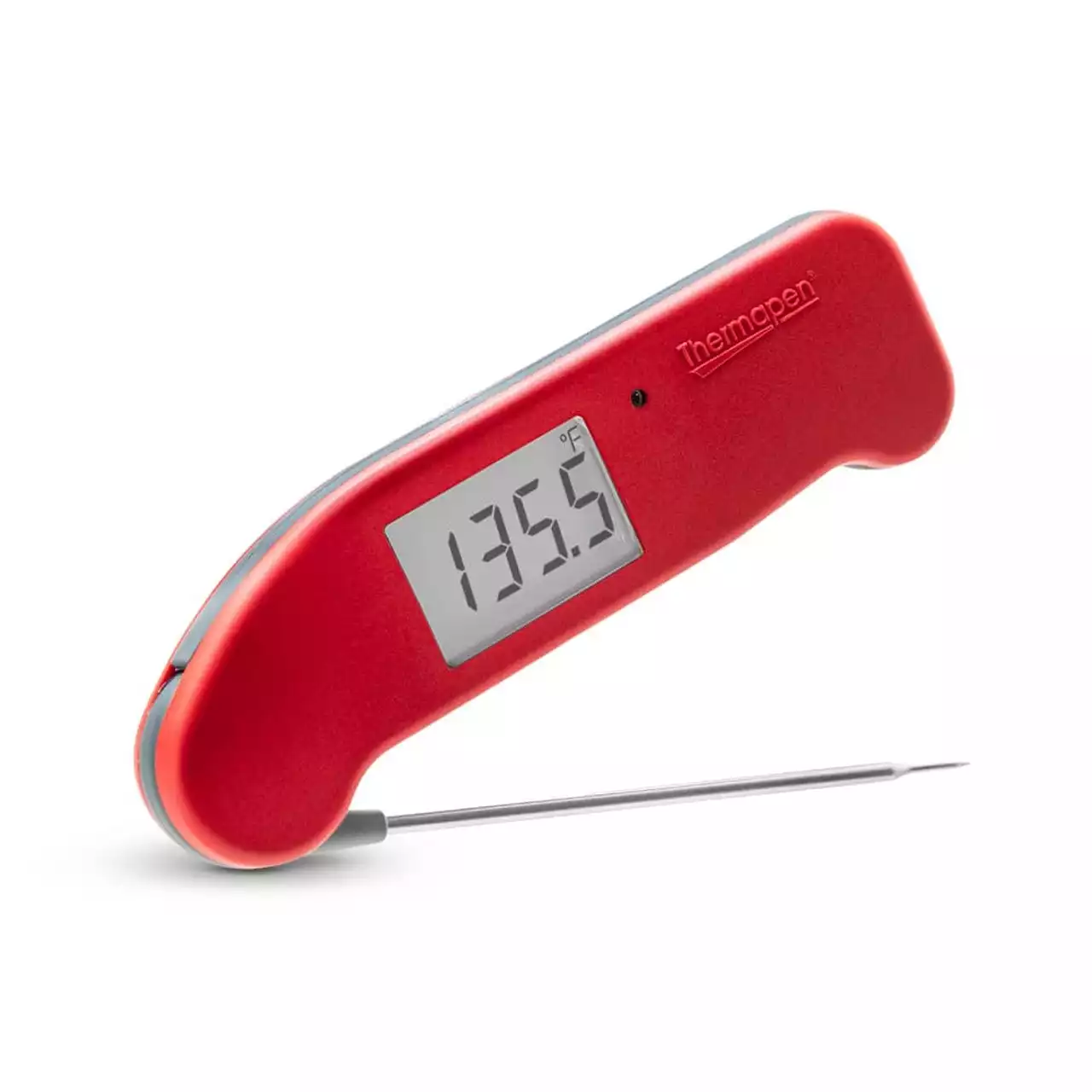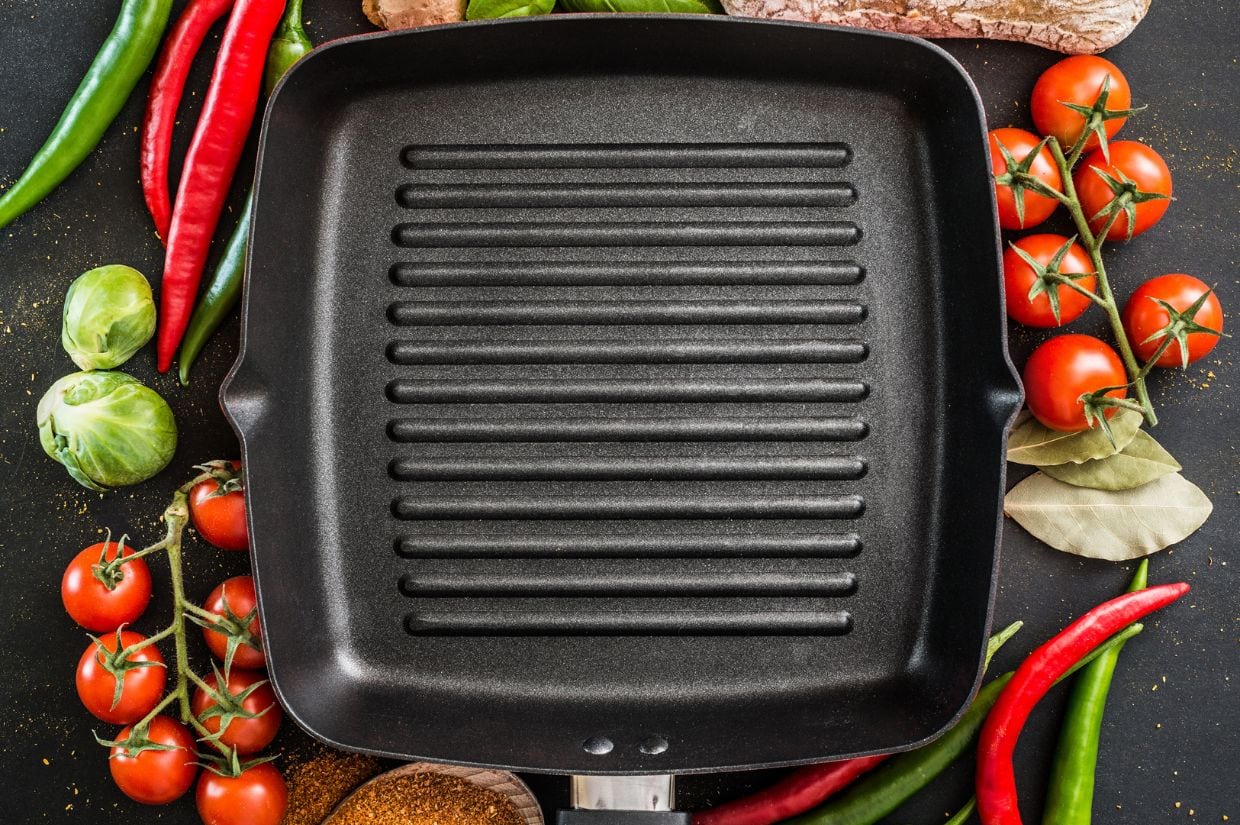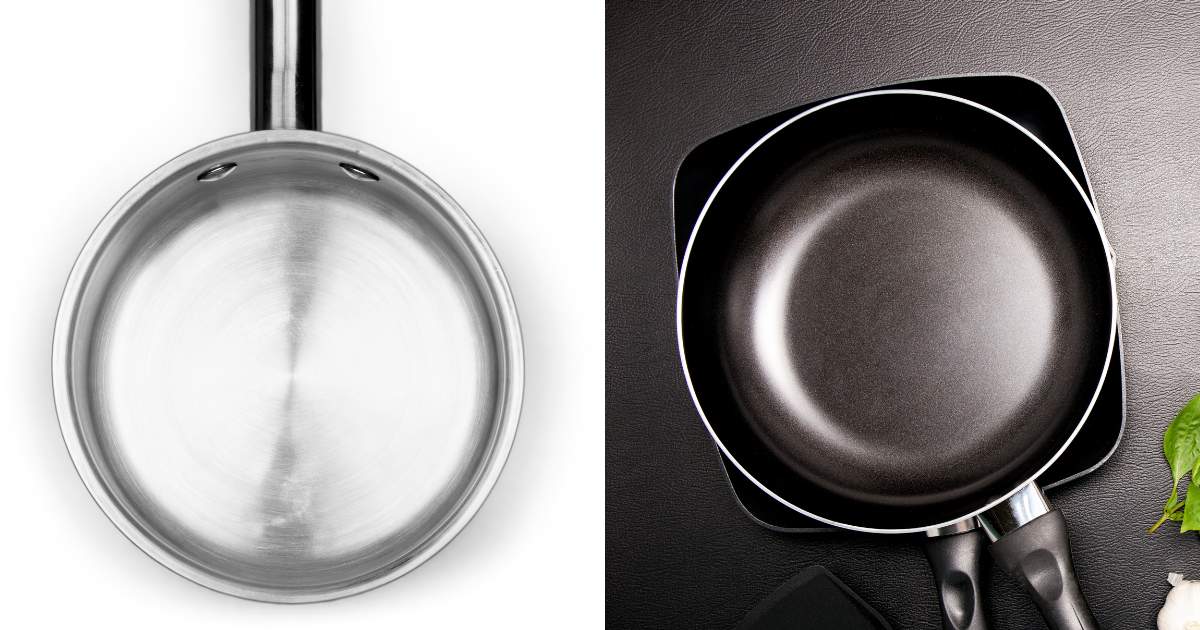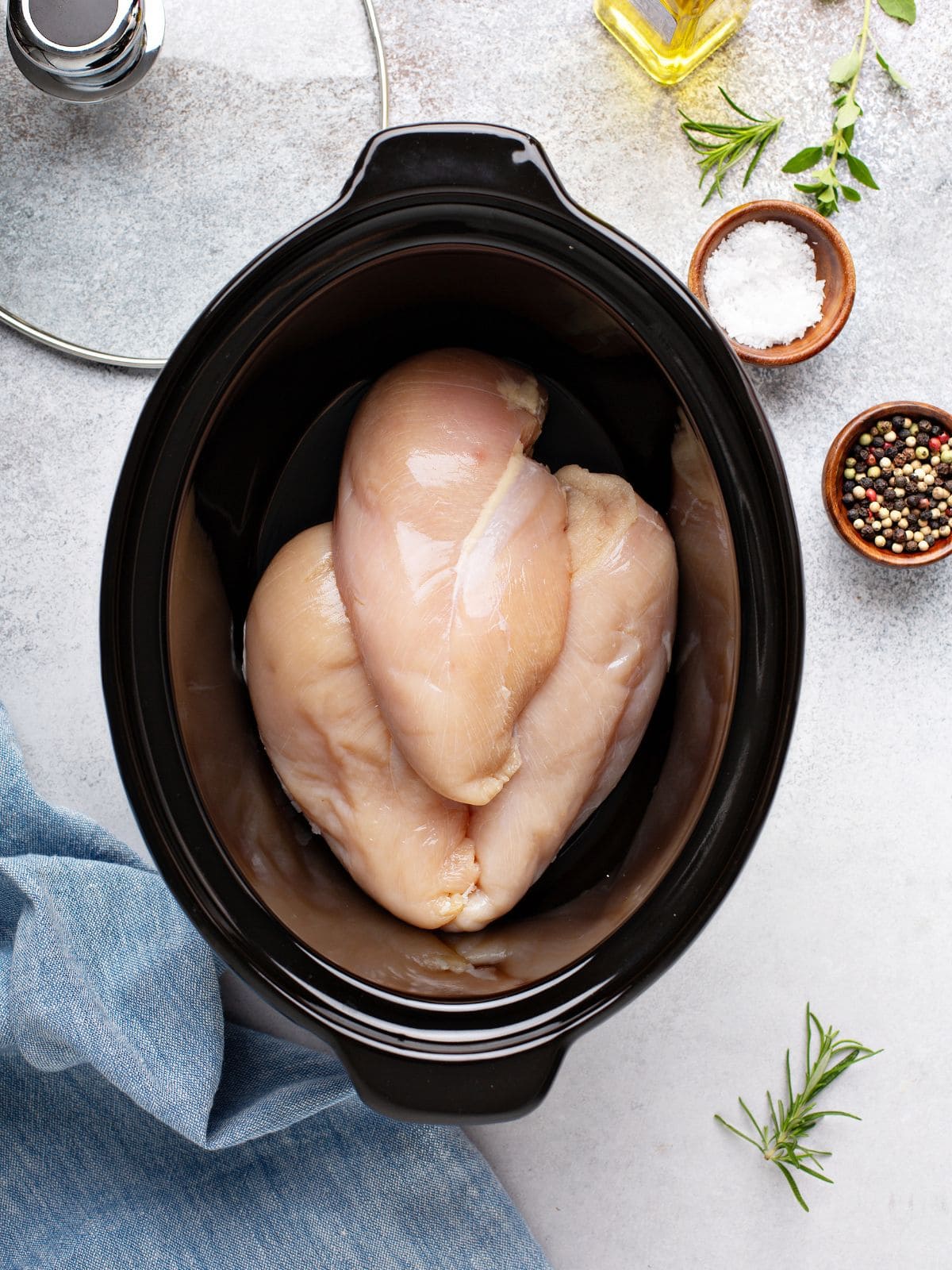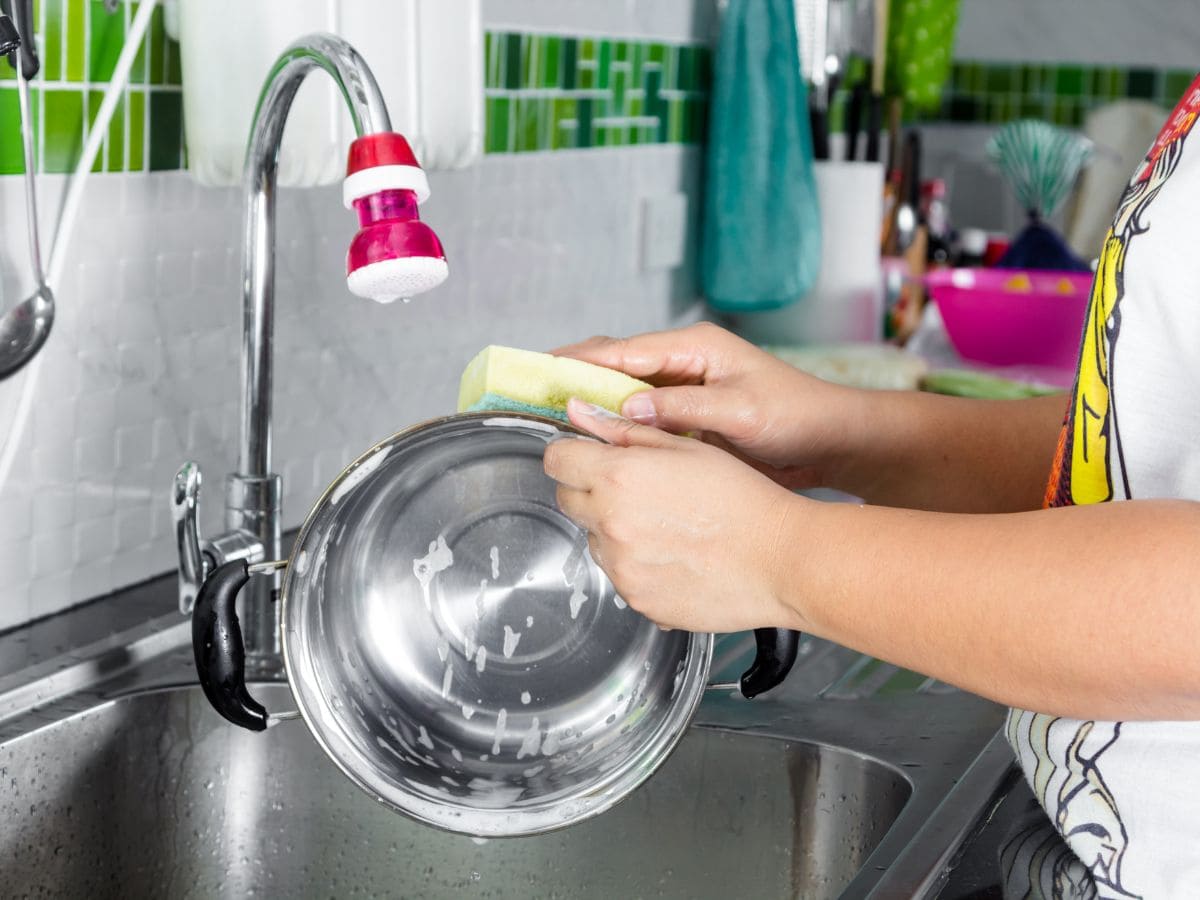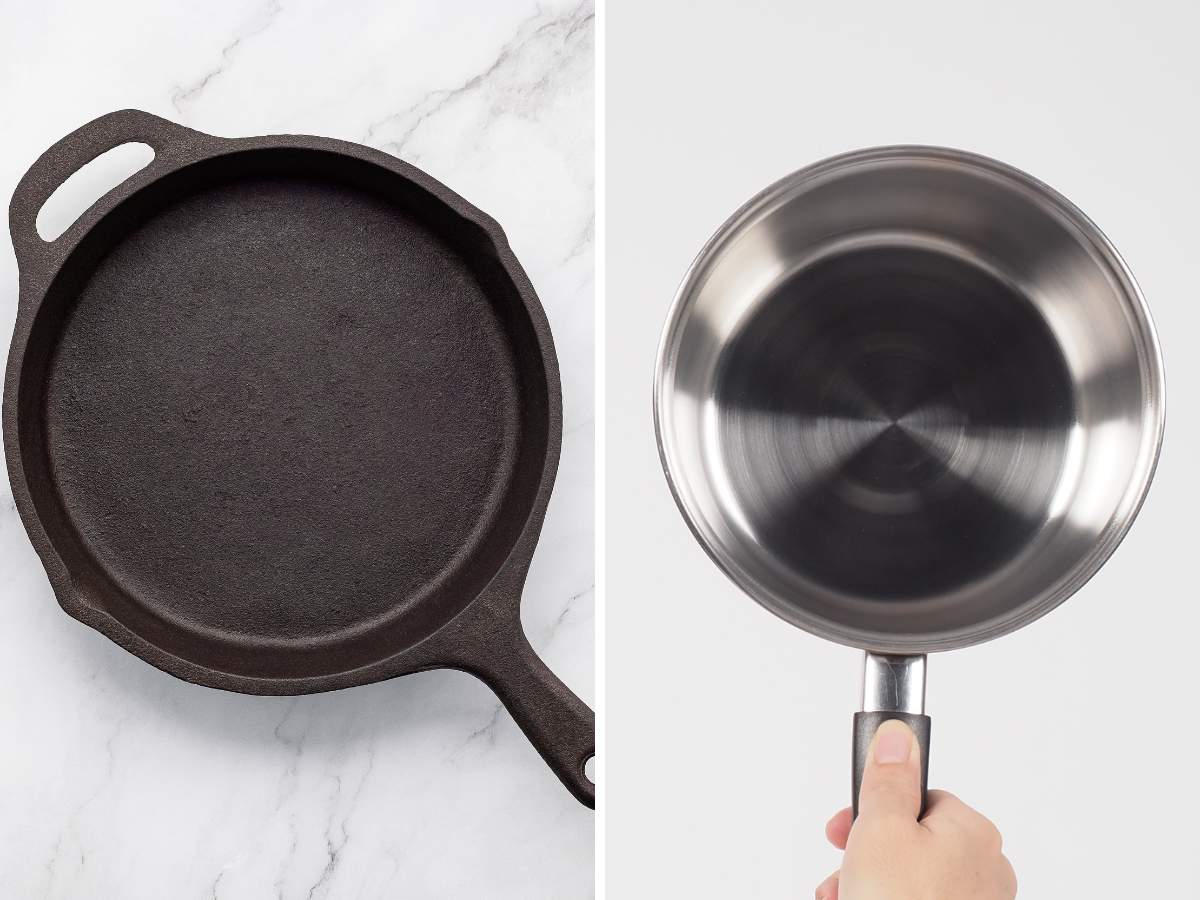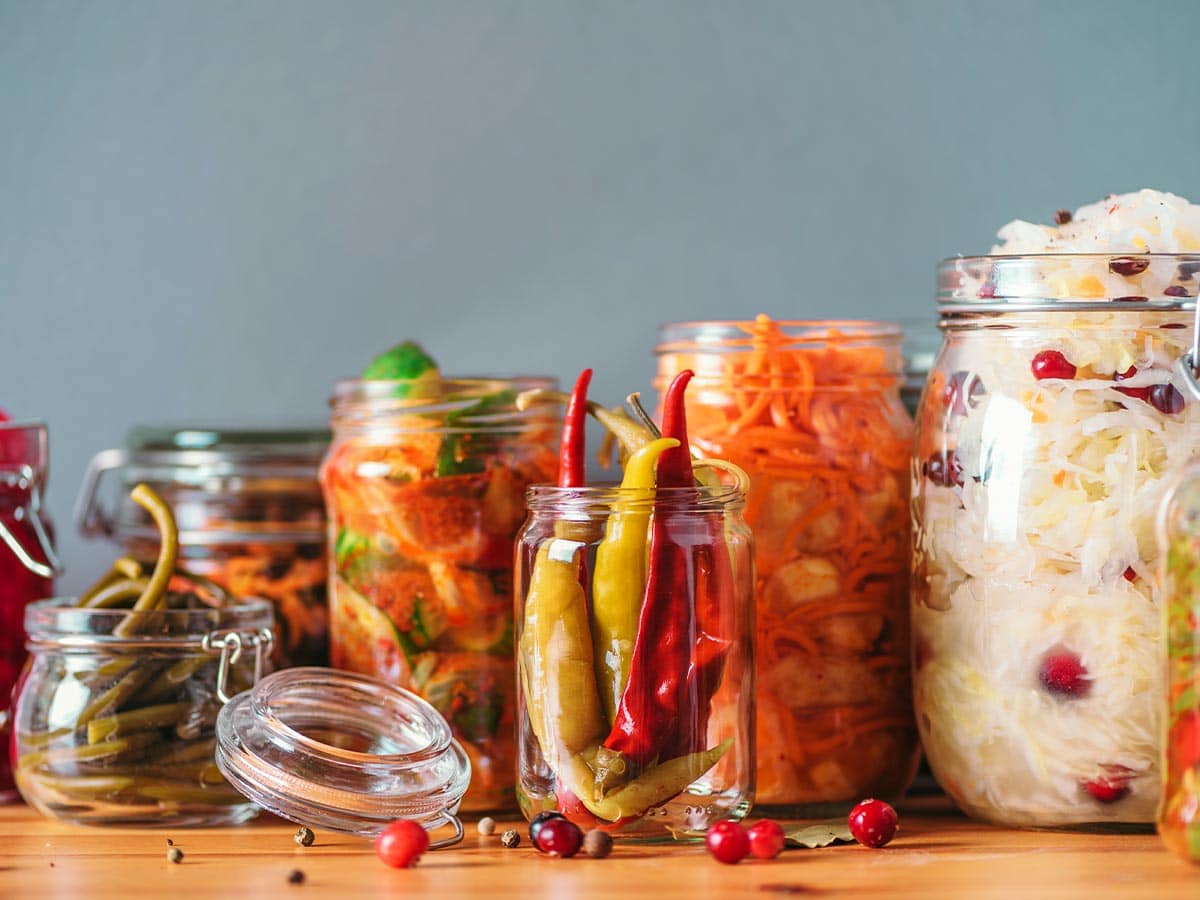Must-Have Grill Tools that Will Change Your BBQ Game
Primal Edge Health participates in the Amazon Services LLC Associates Program and other affiliate programs and therefore, may collect a share of sales or other compensation from the links on this page. This comes at no additional cost to you, and all the prices and availability are accurate at the time of publishing.
Before you fire up your grill, make sure your outdoor kitchen is stocked and ready with these must-have grill tools. Whether you’re a beginner at BBQ or an expert on the grill, these tools will make everything you put on the rack is cooked to perfection.
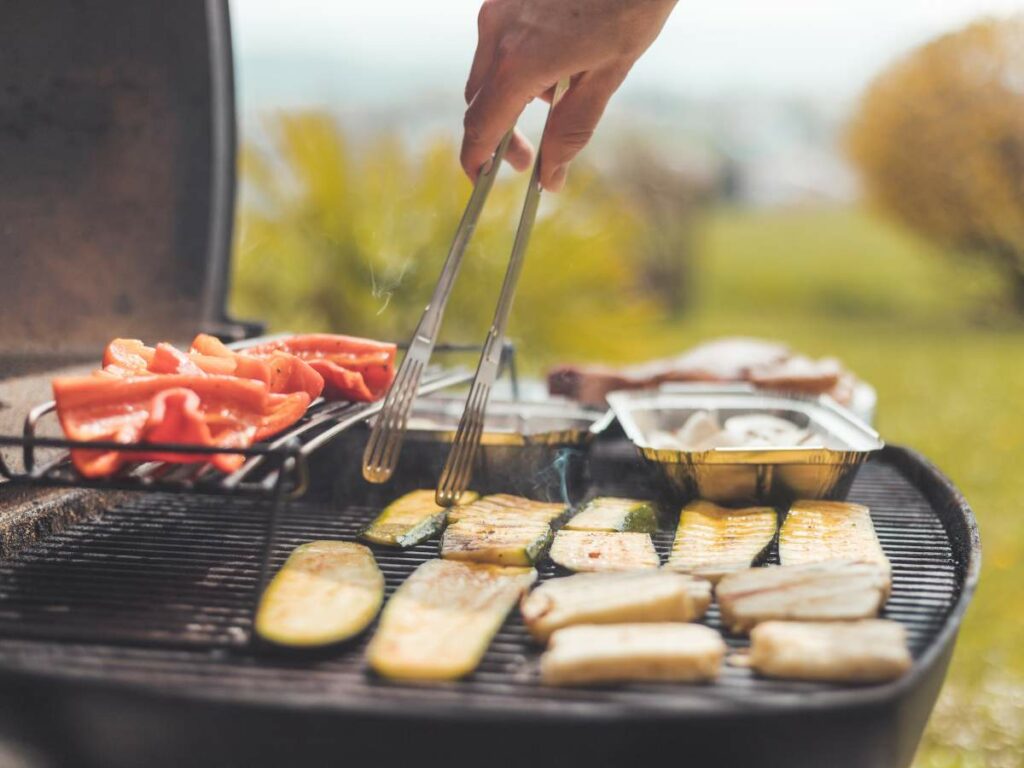
When my family got our first grill a few years back, I was so excited to start grilling that I bought too many pieces of equipment. I admit that I went all out, only to find out that half of what I ordered wasn’t necessary anyway.
There is no need to overdo it with grilling utensils. Sure, you can buy some of those fancy kits with a collection of grill tools, but all you really need is a long-handled spatula, a pair of long tongs and a few other essentials.
Table of Contents (click to view)
Grill Spatulas: Size and Strength Matter
When looking for a spatula, there are four things to consider: length, strong construction, a wide head and a soft grip. If it has a hook to hang it on your grill, that’s a bonus, too.
The reason length is important is that it’s best to keep your hands far from the heat of the grill when you’re flipping and rotating food. I like this grill spatula because the total length is about 16 inches which gives me added safety of not needing to be so close to the heat.
To test the construction strength, try to bend the spatula. If you feel too much give, pass. A weak spatula won’t hold up to big, heavy pieces of meat.
When looking at the head size, consider what you’ll be cooking. Most grill spatulas are wide enough for flipping burgers. If you plan to flip large pieces of grilled fish or grilled whole chicken, get a second spatula with a larger head. Again, make sure it’s strong.
The quality of the stainless steel matters, too. A good-quality stainless steel spatula is incredibly durable and resistant to rust and corrosion, so it will last for years. Another reason why stainless steel is the best material for healthy cooking utensils is because it doesn’t leach chemicals into food.
Its strength and sturdiness let you handle heavy cuts of meat without bending or breaking. Plus, it’s super easy to clean, ensuring your food stays safe and hygienic.
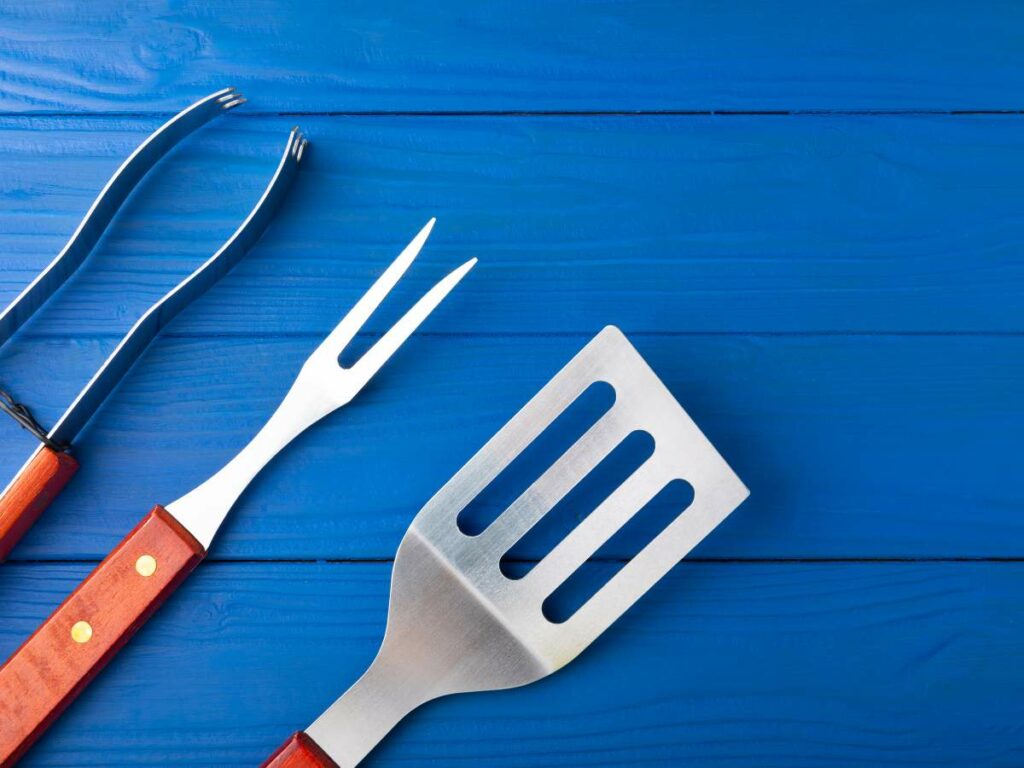
Grill Tongs: How To Find the Best Fit
There is quite a bit of variety when it comes to tongs, almost as much as there are options for cheap cuts of meat to grill. You’ll want to test a pair out to see what’s most comfortable for you.
Shape
First, look at the tips of the tongs. They can come with scalloped edges to softly grip food or more pointy edges for a secure grip. A good pair of tongs offers both options and you just flip them to whichever grip you prefer at the moment.
Lock & Closure
The other end of a pair of tongs includes a locking mechanism with a spring that keeps them opened when unlocked. There are three common locking styles.
The first is a piece of metal that pulls out to unlock the tongs and pushes back in to lock them closed. The second locking style is a piece of metal that slides over the full set of tongs. When it’s pulled toward the handle, the tongs open. When it’s pushed toward the tips, the tongs are closed.
The third type of locking mechanism is a lever on the end of the tongs. The lever allows you to open or close them with one hand. Just hold the tongs and press the lever against your leg to unlock them.
Although not as common today, there are also scissor-handled tongs. These don’t lock at all. They open and close manually and don’t have the pressure of a spring.
Width
Another primary feature of a set of tongs is how wide they open. If you have smaller hands, you want to avoid a pair of tongs that opens super wide, because it will be uncomfortable and require more hand strength to control.
Length
Length is another crucial factor; tongs that are at least 16 inches long keep your hands safely away from the heat while maintaining control over your food. Plus, look for tongs with non-slip, comfortable grips to ensure easy handling, even with greasy or wet hands. Lastly, ease of cleaning is important; choose tongs that are dishwasher safe or easy to clean by hand.
The OXO tongs check all the boxes for me. Plus, I love that there’s a built-in bottle opener. So handy!
Get It Right with A Digital Meat Thermometer
To succeed at grilling and barbecuing, you must understand proper finished cooking temperatures. This not only ensures your food is cooked through and safe to eat, but it also makes sure your food isn’t overcooked, so it’s nice and juicy.
Cooking temperature is incredibly important for foods sensitive to heat, like steak. You wouldn’t want to waste a good piece of meat, so I suggest reading up on proper steak temperature to make sure you get the doneness right every time.
The best tool for measuring this is a digital meat thermometer. There are a few different styles and they vary in price.
The most trusted digital meat thermometer is a Thermapen One made by Thermoworks. It’s a handheld precision tool that will give you an accurate reading of your food in just one second.
The Thermapen® ONE, by Thermoworks, is my favorite kitchen tool. Whether I'm grilling, baking, roasting or fermenting, this tool ensures targeted precision. Its quick response time and user-friendly design make it an indispensable companion for consistently delicious and precisely prepared food.
- One-second readings
- Accurate within ± 0.5°F (± 0.3°C)
- America's Test Kitchen - Winner
- 5-year warranty
There are other brands on the market that offer the same basic technology, but they are not as precise, nor as fast.
“When it comes to arming yourself with the grill tools you need, it’s best not to overthink it, but also, not to skimp. Quality will last. I love my Thermapen instant-read meat thermometer, a great set of long tongs, a good sharp knife and all-natural fuel. I love Cowboy all-natural charcoal and their fire starters so my food always has the great flavor of wood and not chemical lighter fluid.”
– Kita Roberts, Girl Carnivore
Instead of using a handheld thermometer that requires you to probe your meat over and over, you can also use a leave-in meat thermometer. These are ideal for larger pieces of meat like smoked brisket or pork shoulder.
To use this type of thermometer, you insert the probe through the side into the thickest part of the meat without touching the bone. The probe has a wire that runs out of the grill and into the thermometer that provides the instant reading. Some grills come with a built-in thermometer using this same technology.
However, make sure you know the right internal temperature for the type of meat you’re grilling. Most steak cuts have similar cooking temperatures, but it’s a different story for things like poultry or pork. According to the USDA, the proper internal temperatures for each type of meat are:
- Beef, Pork, Veal, and Lamb (Steaks, Roasts, and Chops) (Medium Rare): 145F (63C) with a 3-minute rest time
- Beef, Pork, Veal, and Lamb (Steaks, Roasts, and Chops) (Medium): 160F (71C)
- Beef, Pork, Veal, and Lamb (Steaks, Roasts, and Chops) (Well Done): 170F (77C)
- Ground Meat (Beef, Pork, Veal, Lamb): 160F (71C)
- Poultry (Whole birds and parts): 165F (74C)
- Poultry (Ground): 165F (74C)
- Pork (Fresh Chops, Roasts, Ribs): 145F (63C) with a 3-minute rest time
- Ham (Fresh Raw): 145F (63C) with a 3-minute rest time
- Ham (Pre-cooked to Reheat): 140F (60C)
- Fish and Shellfish: 145F (63C) or until flesh is opaque and separates easily with a fork
- Egg Dishes: 160F (71C)
There are also wireless thermometers on the market that send a signal to your phone. Their accuracy varies, depending on how thick the walls of your grill are and how far you are from your grill.
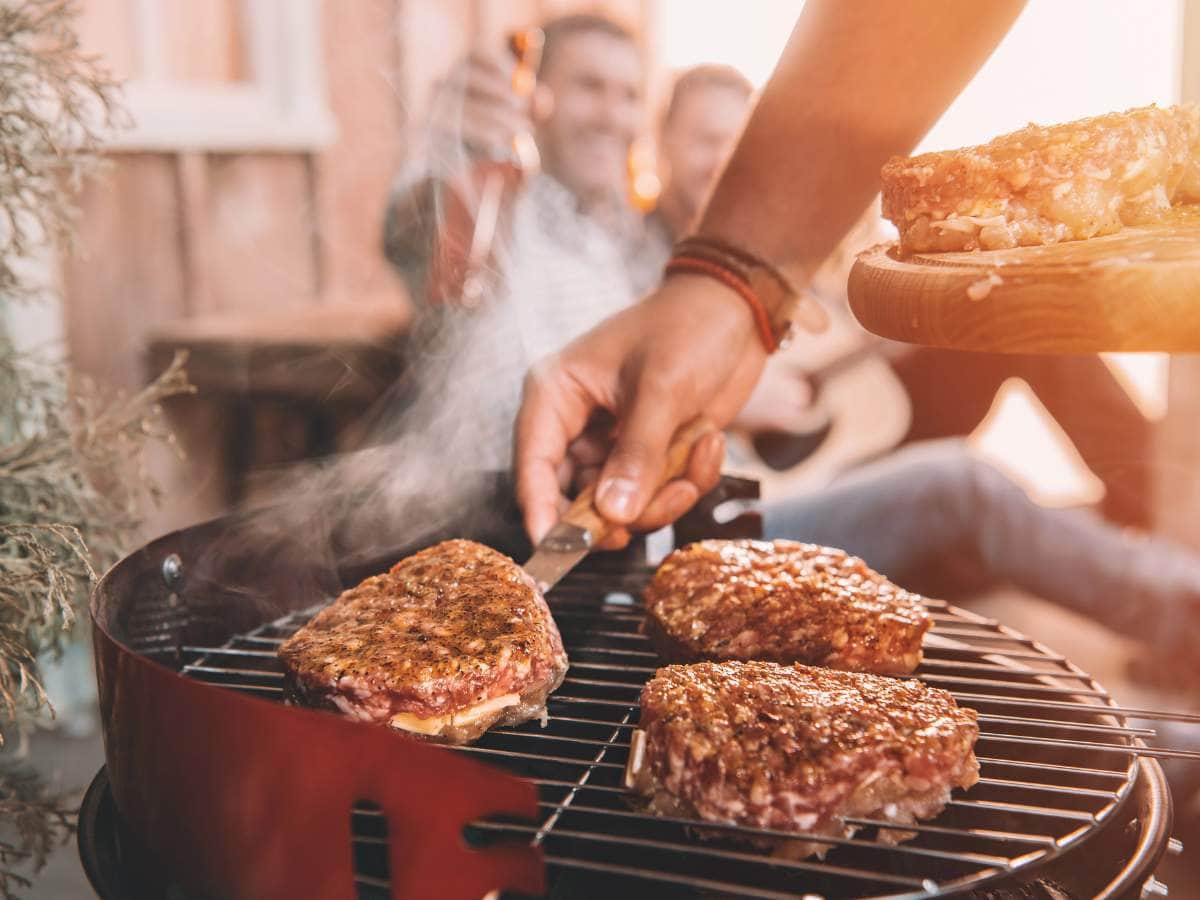
A Cast Iron Skillet Will Change Your Grill Game
A grill can be so much more than just a grill when you add versatility with a cast iron skillet. Cast iron is ideal for grilling because it can withstand direct heat and you can season it for more flavor.
By placing a skillet directly on the grill grate, you turn your grill into a stovetop. If you cook over gas, adjust the burner temp for the recipe you’re cooking. When cooking over charcoal vary the amount of coals under the grate to vary the temperature.
When looking for a
Fortunately, you can find cast iron skillets with two smaller side handles. A 12-inch skillet will fit on almost any backyard grill and is great for reverse-seared steaks or for sautéing veggies.
Once you start grilling with cast iron, you’ll probably want to add a griddle for smash burgers and a sauce pot for boiling rice or pasta or for making sauces.
When you’re done cooking, be sure to clean your cast iron properly so it’s ready for your next meal. Remember not to use anything abrasive to avoid running the material of the pan.
“In the heat of the summer, I hate to turn on my stove and oven and make my hot house even hotter. I love to use my grill to cook and bake some of my favorite dishes outside. By using grill-safe dishes like a
– Michelle Price, Honest and Trulycast iron skillet , I can turn my grill into a stovetop or oven and make everything from pizza to roast potatoes and so much more.”
What if you’re taking your grilling on the road? Be sure to check out these five smart tips for setting up a camping kitchen.
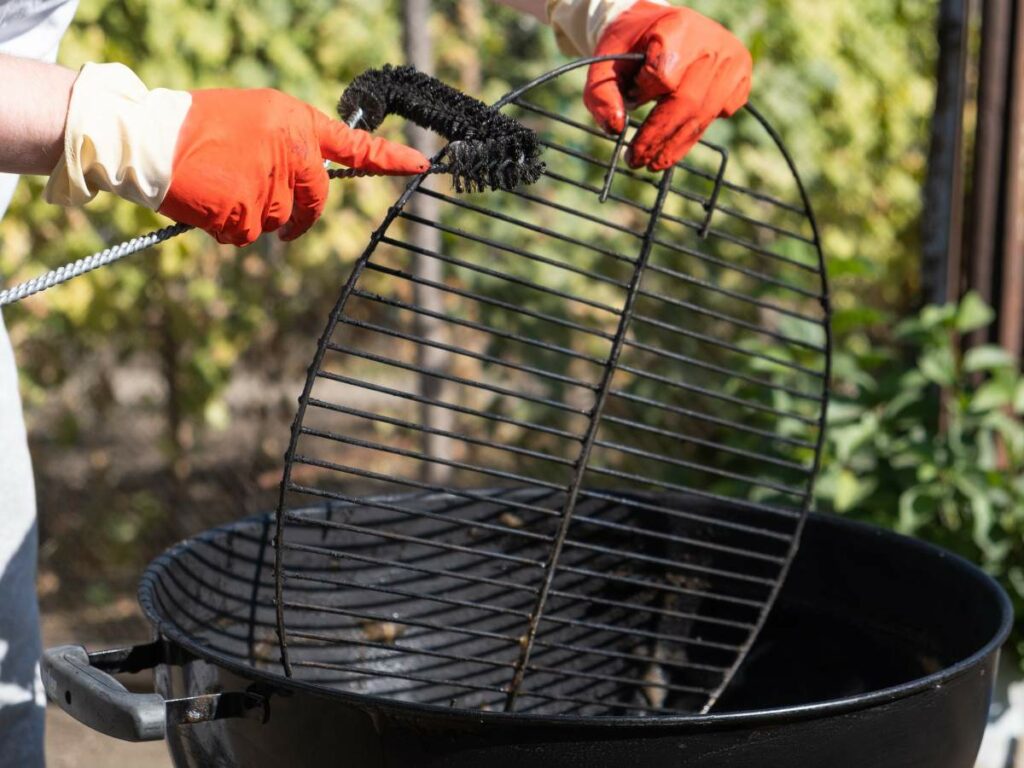
3 Types of Gloves Every Pitmaster Needs
There are three types of gloves that are essential when grilling. First, a good pair of heat gloves are must. They’ll protect your hands while using grill tools when you’re reaching toward the fire or coals. They’re also great when you want to grab a hot pan or a grill grate.
The second pair of gloves that are super helpful are nitrile gloves. Nitrile is a synthetic rubber. It’s stronger than latex and resists punctures. These gloves should fit pretty tightly on your hands. They really come in handy when touching raw meat.
Just wear the gloves, prep your meat and take the gloves off. Your bare hands will be free of contaminants, so you can continue cooking without having to run inside to wash them.
The last pair of gloves are glove liners. Some pitmasters call them hand savers or hot hands. These are knit cotton gloves that are worn under the nitrile gloves. They provide a barrier so you can touch hot food like a freshly cooked steak without burning yourself.
Instead of just buying nitrile gloves, you can get a bundle pack that comes with liners too. Take note, this combo doesn’t replace heat gloves, because they’re not as heat resistant, and the outer nitrile gloves will melt if you grab a grill grate. But they’re excellent for shredding pulled pork.
When buying glove liners, look for ones to match your hand size, and choose a pair made of knit cotton, not synthetic materials. Glove liners made of polyester can melt when exposed to high heat.
Basting Brush
A good basting brush is a must-have for any grilling enthusiast. It helps you evenly apply marinades, sauces, and glazes, keeping your food juicy and flavorful.
Look for a brush with silicone bristles—they’re heat-resistant, easy to clean, and won’t shed into your food. A long handle is also a plus so it keeps your hand safely away from the heat while you work.
Grill Brush
Another important type of brush is a grill brush. Keeping your grill clean is key to great grilling, and a sturdy grill brush makes this job easy.
Stainless steel bristles are ideal for scrubbing away food residue and grease, preventing buildup that can cause flare-ups and off-flavors. Choose a brush with a long handle for good leverage and to keep your hands away from the heat.
Some brushes even come with a built-in scraper for tackling tough spots. Regular cleaning with a good grill brush not only extends the life of your grill but also ensures your food cooks evenly and tastes amazing every time.
Become a Grill Master in No Time
As you can see, these tools don’t just make grilling easier—they also help you cook foods like Traeger 3-2-1 Ribs and grilled strip steaks to perfection. So, if you’re trying to upgrade your grilling skills this summer season, it’s time to invest in these essentials.
Want more cooking tips and tricks? Explore Primal Edge Health for the recipes, tips, and product recommendations you need to become an expert—both in the backyard and in the kitchen.
Portions of this article originally appeared on Food Drink Life.


